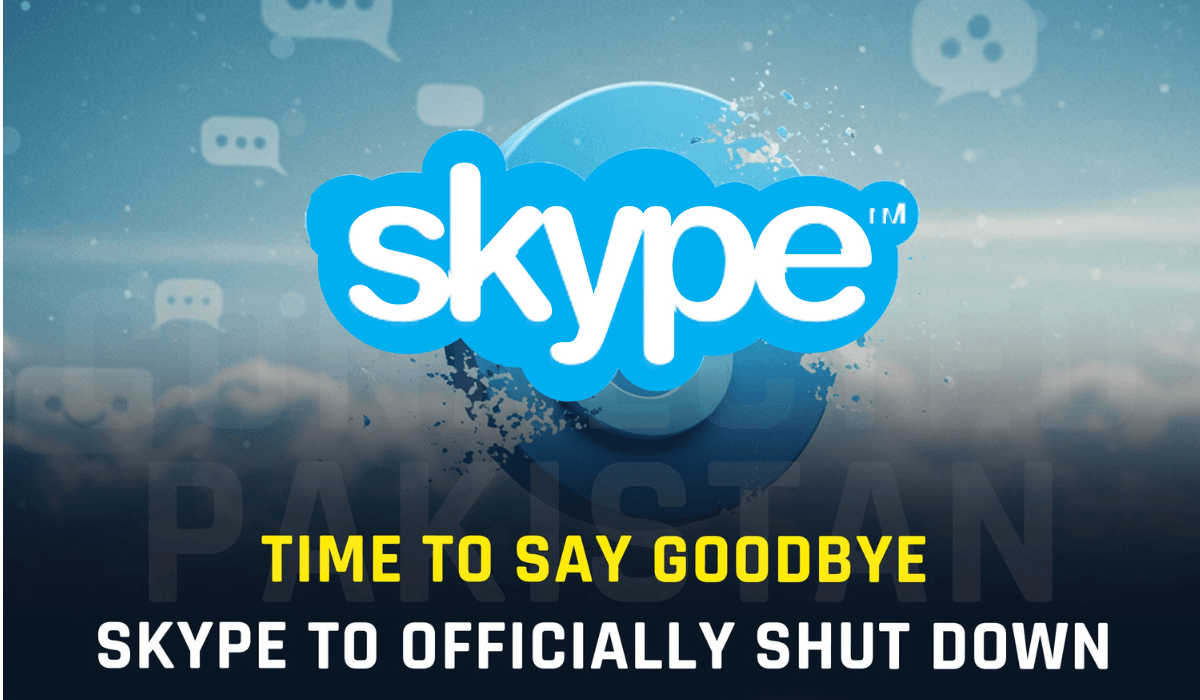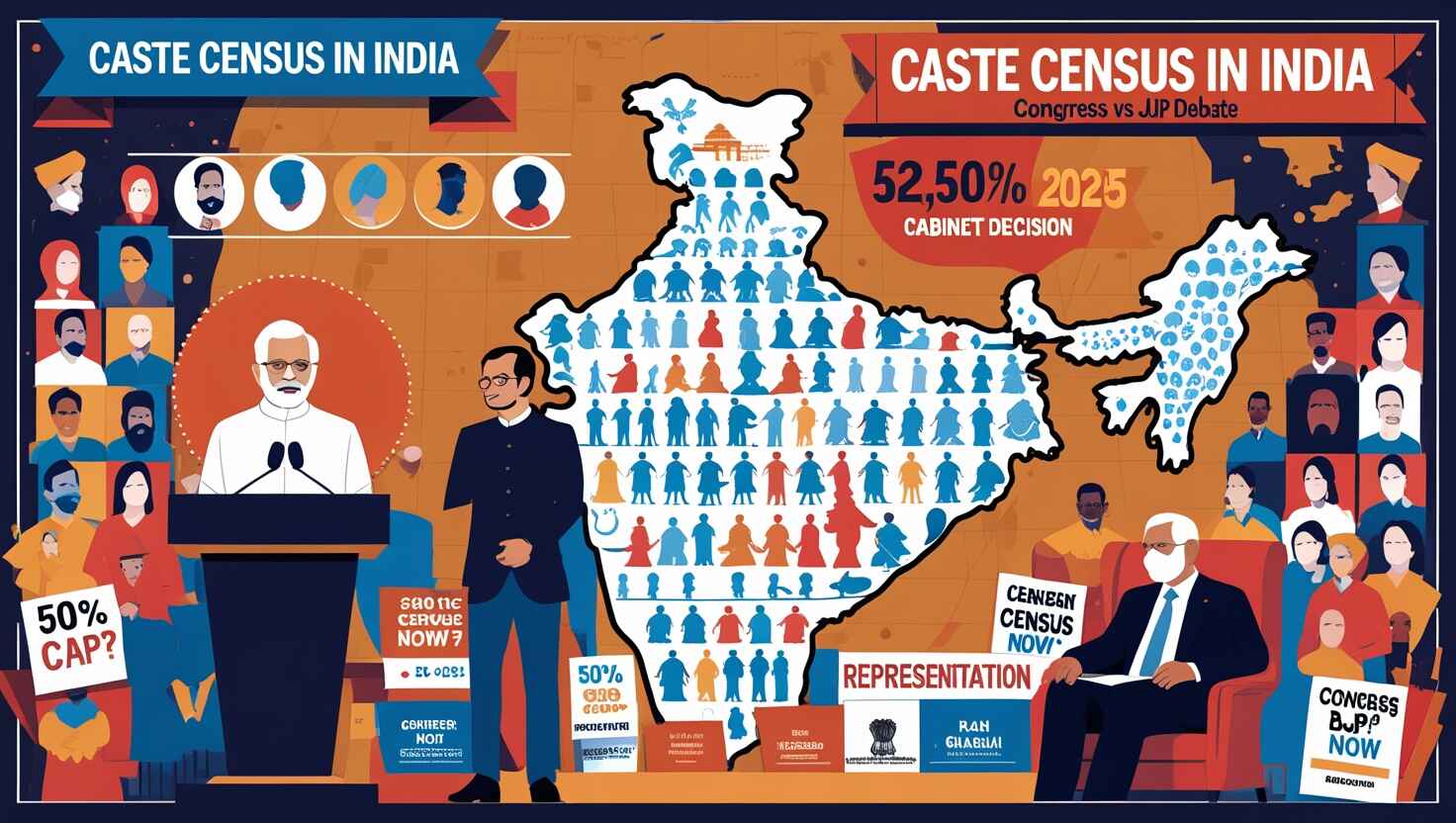Okay, so here’s the deal. Skype—yes, that Skype, the blue bubble that basically taught us how to do video calls—is officially saying goodbye. Like, not “maybe someday,” but today. It’s done. Over. Microsoft is pulling the plug. After more than two decades of helping us hear awkward silences and see frozen faces in video calls, it’s time to say goodbye Skype for real.
Wild, right? Before Zoom took over your WFH life, before FaceTime was even a thing, and way before WhatsApp calls became a daily habit, there was Skype. All you needed was a computer, a mic, a webcam, and internet that didn’t suck. Boom—you could talk to your cousin in Canada or your friend in France. For free. It was magical. Revolutionary even.
But now, it’s out. Quietly slipping away while Microsoft waves it off in the rearview mirror. Kind of like when MySpace vanished and nobody really noticed until way later.
Let’s back it up for a sec though—how did Skype get here?
From Startup Glory to Billion-Dollar Buyouts
So, back in 2003, this tiny company called Skype Technologies launched Skype from Luxembourg. (Yup, not Silicon Valley—Luxembourg. Who knew?) And at the time, calling someone overseas meant paying insane phone bills. Like, sell-your-soul-to-pay-your-minutes kind of expensive. But then, boom—Skype shows up with free computer-to-computer calls. And not just that. You could even call actual landlines and mobiles for super cheap. It was like winning the lottery, but for phone calls.
People went crazy for it. Like, Skype me became a thing. The same way we say “Google it,” back then, people legit said “Skype me.” It got that big.
By 2008, Skype had over 400 million registered users. Let that number sink in for a sec. 400 million. It wasn’t just some nerdy tool anymore—it was mainstream. Everyone’s mom, uncle, teacher, and long-distance boyfriend was on it.
Of course, with all that hype, tech giants came sniffing around. eBay grabbed it first in 2005 for a cool $2.5 billion. But turns out eBay didn’t really know what to do with it (like, why would an online auction site own a video chat app?). So, eventually, they let it go.
Enter Microsoft. In 2011, they swooped in and bought Skype for a whopping $8.5 billion. Yeah. Billion. With a B. They had big dreams. Huge.
So… What Went Wrong?
Microsoft had this big, shiny plan to put Skype everywhere. On Windows PCs, on your phone, even your Xbox. They were aiming for 1 billion daily users. ONE. BILLION. That’s what their CEO at the time, Tony Bates, said out loud. Bold move.
But uh… yeah. That didn’t happen.
Instead, Skype got clunky. The interface kept changing, and not in a “cool upgrade” kind of way. More like, “Where did the call button go?” vibes. Updates got bloated, the app felt heavy, and honestly, it just became kind of annoying to use. Like, why fix what wasn’t broken?
Meanwhile, other apps started popping up everywhere. WhatsApp came in hot with free calls. Facebook Messenger joined the party. Apple FaceTime was smooth and sleek. And then came apps like Signal that people trusted for privacy. Suddenly, everyone had options.
And the worst part? Microsoft was competing with itself. Yep—Teams, their own workplace chat tool, started taking over. And Slack was out there too, stealing even more of Skype’s thunder. Pretty soon, Skype’s loyal users started jumping ship. Slowly at first. Then all at once.
The Pandemic That Should’ve Saved Skype (But Didn’t)
Now here’s where it gets even weirder. In 2020, the world shuts down. Everyone’s stuck at home. Video calls become the only way to talk to other humans. You’d think this would be Skype’s redemption arc, right?
Nope.
Enter Zoom. Out of nowhere, Zoom becomes the go-to for meetings, classes, birthdays, everything. People who had never even heard of Zoom before suddenly became pros at “sending the link” and “muting yourself.”
Meanwhile, Skype was… there. But not really in the game. It had bugs. It had interface problems. It just didn’t feel easy. And people weren’t in the mood for complicated. So they picked Zoom.
Microsoft saw what was happening and made a choice. They poured all their energy into Teams instead. Like, ALL of it. Teams got updates, new features, tight integration with Office stuff. And Skype? It sat in the corner like an old forgotten MP3 player.
There was a little spike in users during the early days of lockdown. People gave Skype another shot. But it wasn’t enough. Not even close.
So Why’s Microsoft Finally Killing It?
Fast forward to now. It’s 2025, and Skype has about 23 million monthly users left. Sounds like a lot, right? But compare that to 150 million in 2011 or those legendary 400 million registered users in its prime. Ouch.
Microsoft doesn’t want to split its focus anymore. They’re going all-in on Teams, which already dominates the workplace communication space. Makes sense for them. Skype for Business will still stick around for a bit—but it’s basically just a Teams add-on at this point.
And that’s it. No dramatic shutdown. No tearful farewell. Just a quiet, corporate goodbye Skype. One day it’s there. Next day, it’s not.
Kind of fitting, honestly. It started simple and left the same way.
So Yeah, Goodbye Skype
It’s wild to think about how something that used to be the thing can disappear like this. But that’s tech for you. If you don’t keep up—or worse, if your own creator sidelines you—you’re toast.
Skype changed how we talk to people. It brought the world closer. It made free calls across oceans possible. That’s not nothing. But now, it’s time to move on.
So, if you’ve still got the app on your desktop, maybe give it one last look. Say thanks. Maybe even type out a goodbye message to an old contact you haven’t spoken to in years.
Because after today… Goodbye Skype for real.













